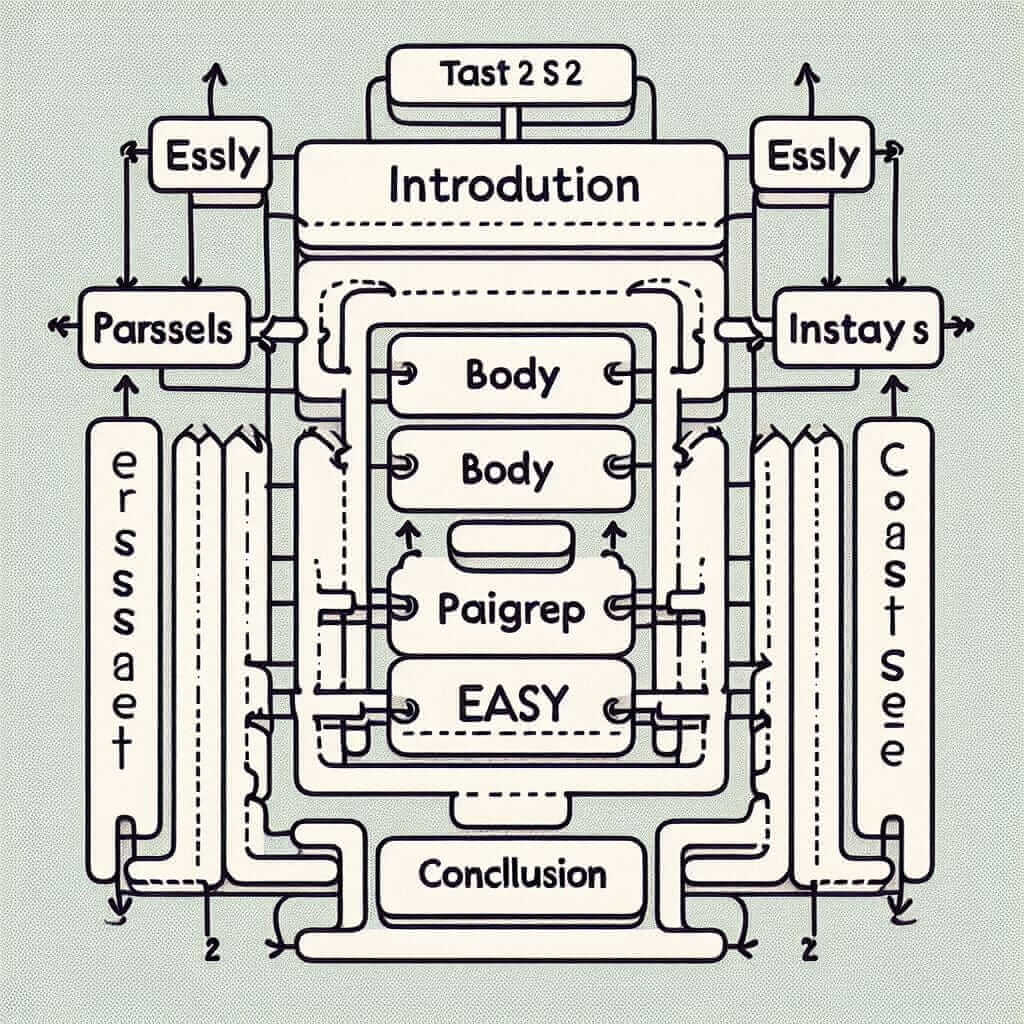The IELTS Speaking test is designed to assess a candidate’s ability to communicate effectively in English. This includes their fluency, vocabulary, grammar, and pronunciation. While the current format focuses on general topics and personal experiences, there’s a growing debate on whether incorporating diagrams would enhance the assessment of certain speaking skills.
Nội dung bài viết
Understanding the Potential of Diagrams in IELTS Speaking
Introducing diagrams into the IELTS Speaking test could offer several potential benefits:
1. Assessing a Wider Range of Communication Skills
Diagrams could test a candidate’s ability to:
- Describe and interpret visual information: This is a valuable skill in academic and professional contexts, reflecting the ability to understand and convey information presented visually.
- Organize and structure their thoughts: Describing a diagram necessitates a logical approach to present information clearly and coherently.
- Use spatial language effectively: Diagrams would require candidates to utilize vocabulary related to position, direction, and relationships between elements.
2. Reflecting Real-World Communication
In various academic and professional settings, individuals often encounter visuals like charts, graphs, and diagrams. Incorporating such visuals in the IELTS Speaking test would:
- Mirror real-life scenarios: This would align the test more closely with practical communication demands.
- Enhance the test’s face validity: Candidates are more likely to perceive the test as relevant and authentic if it reflects real-world tasks.
 IELTS Speaking Diagram Example
IELTS Speaking Diagram Example
Potential Challenges and Considerations
While the inclusion of diagrams could be beneficial, it’s crucial to acknowledge potential drawbacks:
- Adding Complexity: Introducing diagrams might increase the test’s cognitive load, potentially disadvantaging candidates who are less familiar with visual interpretation.
- Maintaining Fairness: Ensuring that diagrams are accessible to test-takers from diverse backgrounds and fields of study is essential to avoid bias.
Practical Implications for Test Takers
If diagrams were to be included in the IELTS Speaking test, candidates should:
- Practice describing visual information: Familiarize yourself with different diagram types and practice using appropriate vocabulary and structure.
- Develop your spatial language: Expand your vocabulary to accurately describe positions, directions, and relationships within a diagram.
- Focus on clear and coherent explanation: Ensure your descriptions are well-organized and easy to follow.
Conclusion
Whether or not diagrams should be included in the IELTS Speaking test is a complex issue with valid arguments on both sides. While it could potentially enhance the assessment of certain communication skills and reflect real-world communication demands, careful consideration must be given to potential challenges and fairness. As a test-taker, focusing on developing strong descriptive and spatial language skills can be beneficial regardless of future test format changes.


